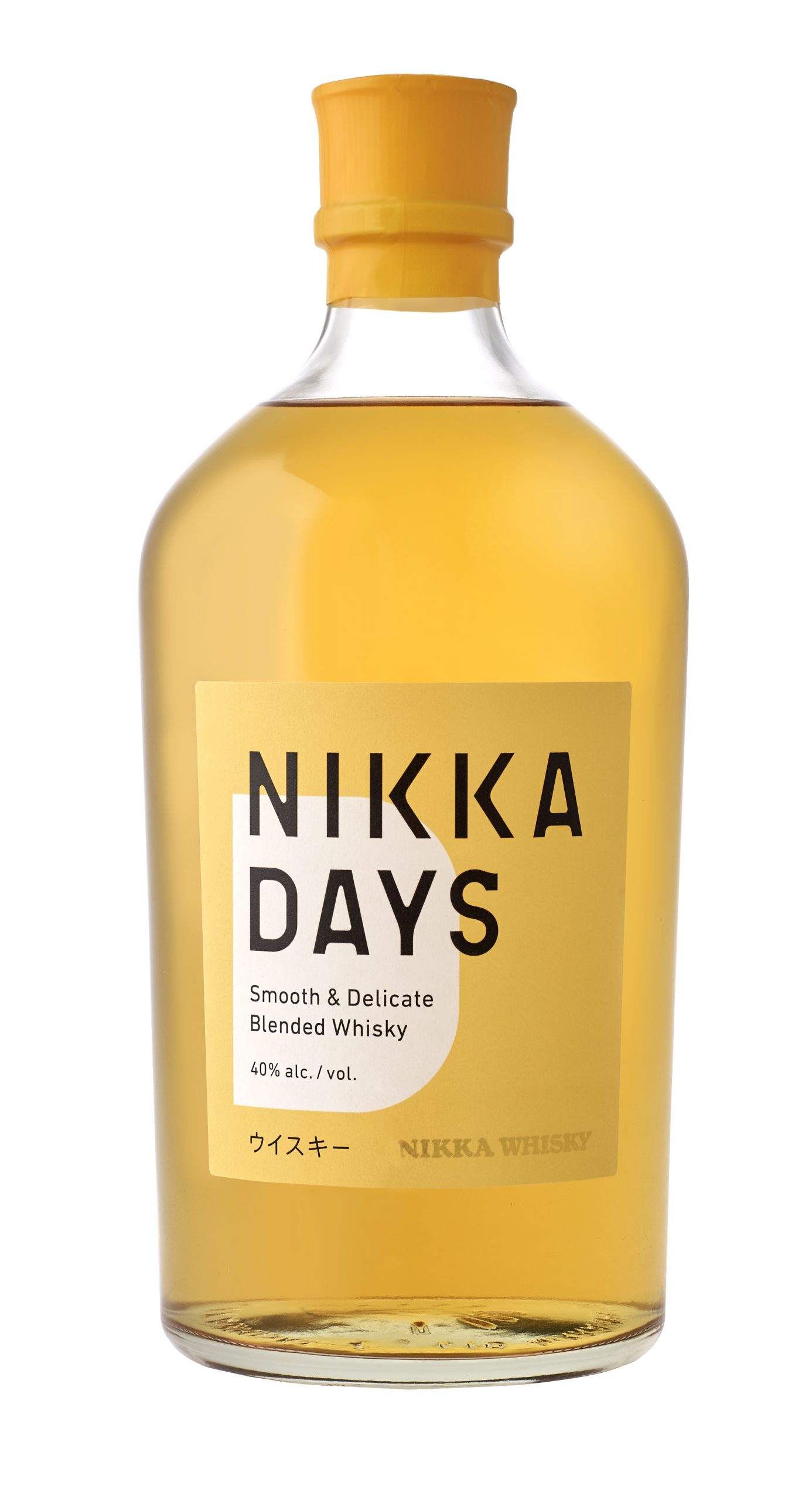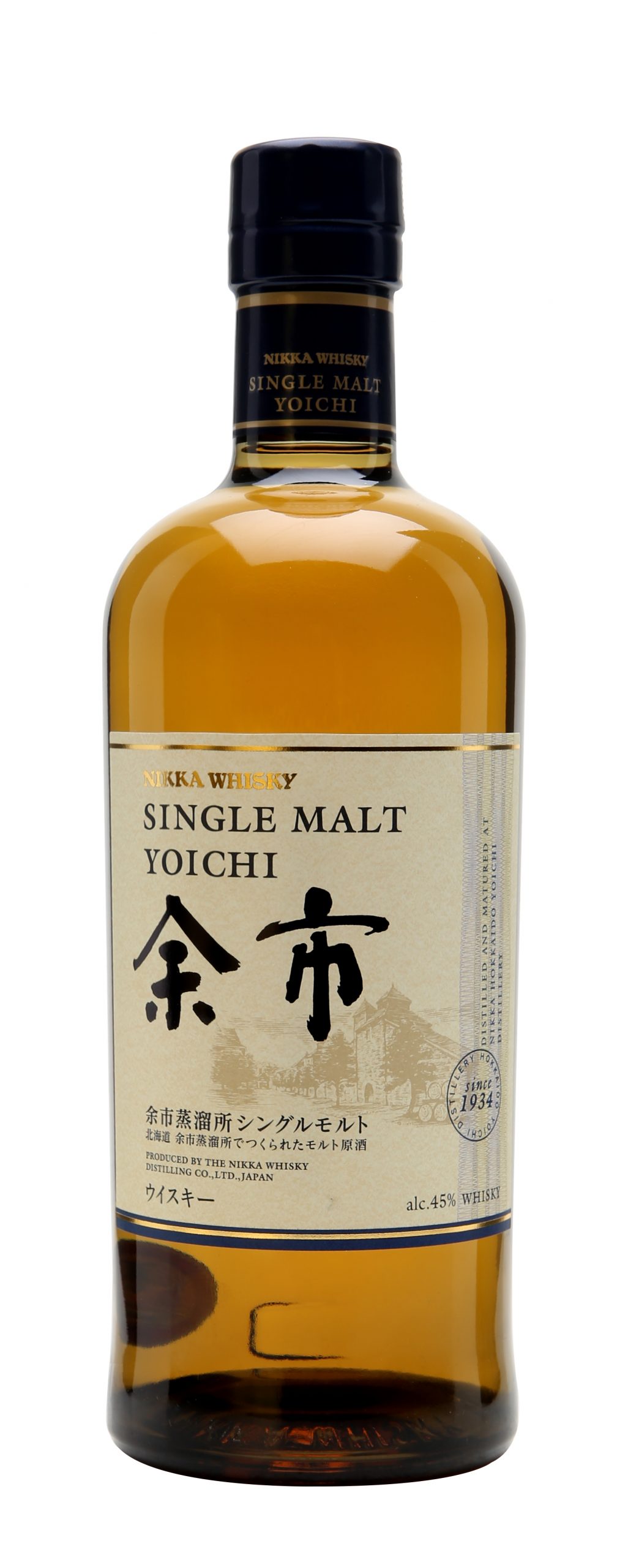Japanese Whisky
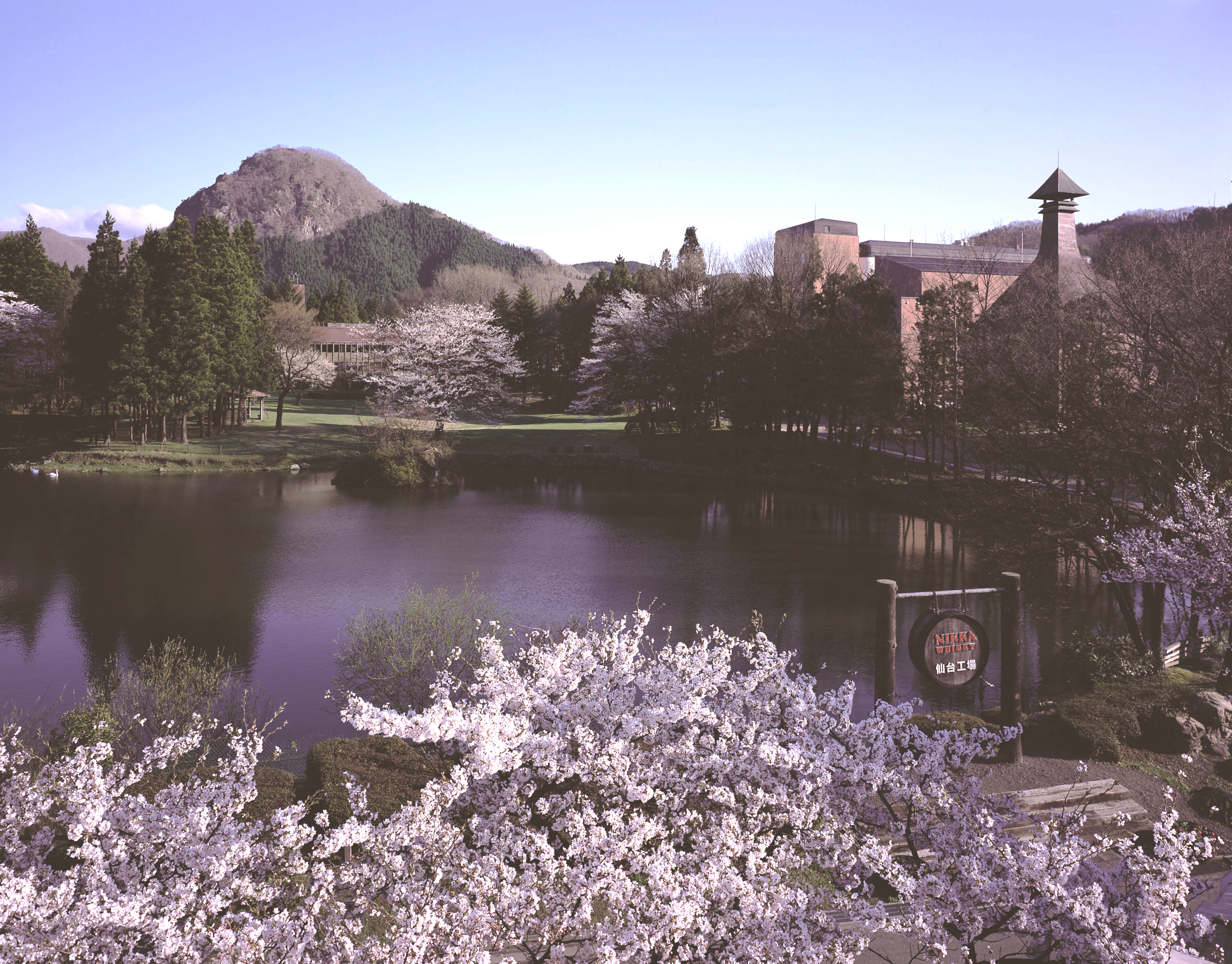
The rise of the Japanese whisky industry has been one of the most marked and astonishing success stories in the world of spirits, and few could have predicted its inexorable accomplishments. So, it stands to reason that, as demand continues to outstrip supply, it is now highly collectible.
As it has coped with the demand, Japanese whisky has evolved into two markets. On one side, an emerging selection of new releases, crafted with all the expertise the Japanese are now respected for – reputable, versatile, tasty and affordable whiskies that intrigue the next generation of whisky buyers. But at the same time, thanks to the extraordinary demand in the early noughties, an increasingly rare and luxury opportunity.
It stands to reason that this secondary collector market is strengthening every year, and as it does the tales and lore of the birth of Japanese whisky tend to grow in gravitas. At the heart of its history are two legends – Shinjiro Torii who founded Suntory; and Masataka Taketsuru, often known as the Father of Japanese whisky, who founded Nikka.
In the mid-1920s, Torri opened the first commercial whisky distillery – Yamazaki and blended the traditional Scottish whisky making practices and the influence of Japanese terrain and climate to create a new style of whisky, particularly suitable for the Japanese palate. Meanwhile, Masataka Taketsuru returned from an apprenticeship in Scotland, choc full of reverence for the motherland’s methods and malts, inspiring him to launch Nikka whisky in 1940.
But this is not the start of a success story. Japanese whisky proved fashionable in the early decades, but fell from favour in the 1980s when the native Shochu stole the limelight, and as a result, declining Japanese whisky sales saw a number of distilleries close. Had the early successes been sustained, the whisky might be more abundant today.
So the shift in popularity is much more recent. In 2003 Suntory’s Yamazaki 12-year-old won gold at the International Spirits Challenge, and a year later Hibiki 30-year-old won the same award, and these two moments sent a thunderclap around the whisky world. Almost overnight, Japanese distillers were celebrated for their craft and creations and people went full on nuts for the spirit.
Thus, the interest in Japanese whisky spiked, but it came at a time when production levels were low, and suddenly many expressions of Japanese whisky that once been affordable, became luxury items.
Because of this, even the likes of Japan’s most established distilleries Suntory and Nikka, have been forced to discontinue products, especially age-statement liquid, and it’s estimated we could wait another decade before the maturing stock can catch up to the demand. All of which makes Japanese whisky a highly interesting investment opportunity, but also means there are some genuine affordable gems in the world of no age statement.
Nikka, so much a part of the origins of Japanese whisky, managed to navigate the rise and fall in Japanese whisky sales, but only by limiting production. Their once popular Nikka 12-year-old and Taketsuru Pure Malt had to be discontinued, with the occasional small batches of stock released. But, the lack of age stock doesn’t change the fact that the Japanese have serious skills when it comes to spirits, and based on quality in distilling and maturation, they still produce some excellent options for everyday drinking. Nikka Days for example, at £40.95, is a steal.
The Nikka Days is an affordable way into the conversation, and once you’ve paved the way for some Nikka on the shelf you can start exploring some of the more expensive single malts, like the Nikka Yoichi.
And then, if you’re really burying your head in the sand over the recession, you can try the Nikka 12yo blend.
Share this story
More from Spirit Club
-
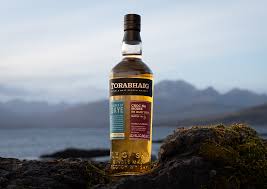
Torabhaig Cnoc Na Moine
Introducing the highly awaited third chapter in the Torabhaig Legacy Series, Cnoc Na Moine. A testament to our distillery’s continuous evolution...
Read more -
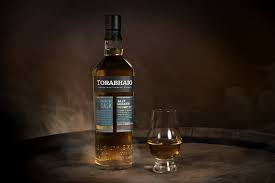
Torabhaig Allt Gleann Batch Strength 61.1%
This release has all the typicity of Torabhaig that you would expect – bonfire smoke, salinity, maltiness, and sweet, vanilla-led...
Read more -
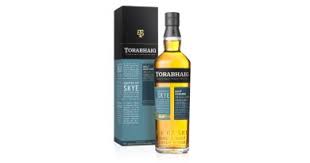
Torabhaig Allt Gleann 46%
Our second release in The Legacy Series, Allt Gleann is named after one of two burns that feed the distillery....
Read more

